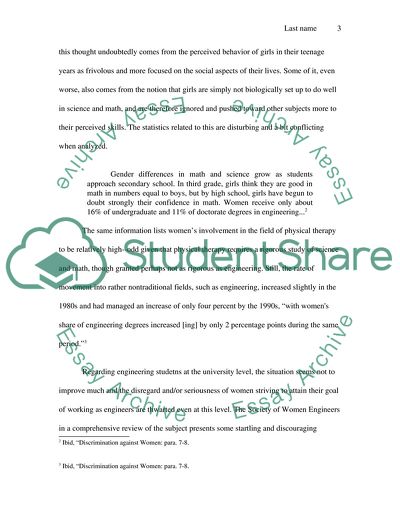Cite this document
(Women in Engineering: The Economics of Gender Term Paper, n.d.)
Women in Engineering: The Economics of Gender Term Paper. Retrieved from https://studentshare.org/gender-sexual-studies/1744292-women-in-engineering
Women in Engineering: The Economics of Gender Term Paper. Retrieved from https://studentshare.org/gender-sexual-studies/1744292-women-in-engineering
(Women in Engineering: The Economics of Gender Term Paper)
Women in Engineering: The Economics of Gender Term Paper. https://studentshare.org/gender-sexual-studies/1744292-women-in-engineering.
Women in Engineering: The Economics of Gender Term Paper. https://studentshare.org/gender-sexual-studies/1744292-women-in-engineering.
“Women in Engineering: The Economics of Gender Term Paper”, n.d. https://studentshare.org/gender-sexual-studies/1744292-women-in-engineering.


